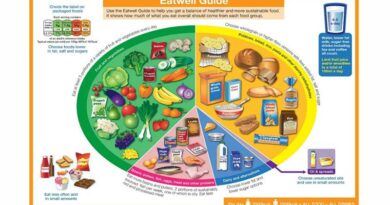Time restricted eating in people with metabolic syndrome

Introduction
Thanks go to some friends in the sports performance world for this week’s topic. Intermittent fasting has been of increasing interest over recent years. Many people are doing different forms of fasting, but without compelling evidence thus far. Searches of the literature show that this is more likely because few studies have been done, rather than that studies have been done and have found no supporting evidence.
Intermittent Fasting should be, as the name suggests, fasting (eating nothing) for periods of time. Intermittent Fasting (IF) has come to mean many different things. Three things can vary:
1) Fasting does not necessarily mean eating nothing (drinking only water). Fasting is now taken to mean eating nothing, or just soup/bone broth, or eating substantially less than the recommended intake (25% of the recommended daily calorie intake serves as a common guide).
2) The length of time for which IF is undertaken can vary. Some regimes have a 3-5 day fast. Other options include fasting/eating little for 24 hours. Some people find doing this from dinner one night until dinner the next night is easier – so that one meal a day can be consumed. Extending the overnight fast is becoming increasingly popular.
3) The final variant is the frequency with which IF is done. This is driven to an extent by (2) –every other day restriction is obviously repeated every other day. However, someone can choose to fast for between one and a few days every week, every month, every quarter, or as desired.
The permutations of 1, 2 and 3 make for numerous options available to people interested in IF. Many people who practise fasting have tried a few variations and found something that works for them. Dr Michael Mosely was one of the first people to investigate different forms of fasting and to interview the researchers working in this field (for a BBC programme). I documented his explorations and findings in a 2012 special report here (Ref 1). Mosley, himself, found fasting for several days intolerable and he settled on five days of healthy eating and two of substantial calorie restriction. In the BBC programme, the calorie restriction days were limited to 600 calories. Mosley increased this to 800 and this became the basis of his very successful 5:2 diet books.
One of the most popular variants of IF is time-restricted eating. A number of people are choosing to eat within a particular window. We all do this on a daily basis assuming that we don’t sleep-walk and raid the fridge during the night. Most people fast for 7-8 hours daily when asleep. A number of people are extending the overnight fast deliberately by eating dinner earlier and/or breakfast later or not having one of these meals at all. It is relatively easy to achieve a 12 hour overnight fast. Finishing dinner by 7pm and not having breakfast before 7am achieves this. Extending the overnight fast by longer than this requires more effort.
Last June (2019), I reviewed a paper, which examined the impact of time-restricted feeding on a number of markers: blood glucose; insulin; cholesterol; and genes related to the 24-hour body clock (Ref 2). The intervention group consumed three meals at 08.00, 11.00 and 14.00. The control group consumed the same meals at 08.00, 14.00 and 20.00. The intervention was called early Time-Restricted Feeding (eTRF). The eTRF group had lower blood glucose over the 24-hour period. The differences were especially marked overnight. The eTRF group had higher cholesterol (total, LDL and HDL) in the morning, although changes were small relative to known test inaccuracy. A number of ‘body-clock’ markers improved in the eTRF group, suggesting that the eating pattern suited our body’s natural rhythms.



